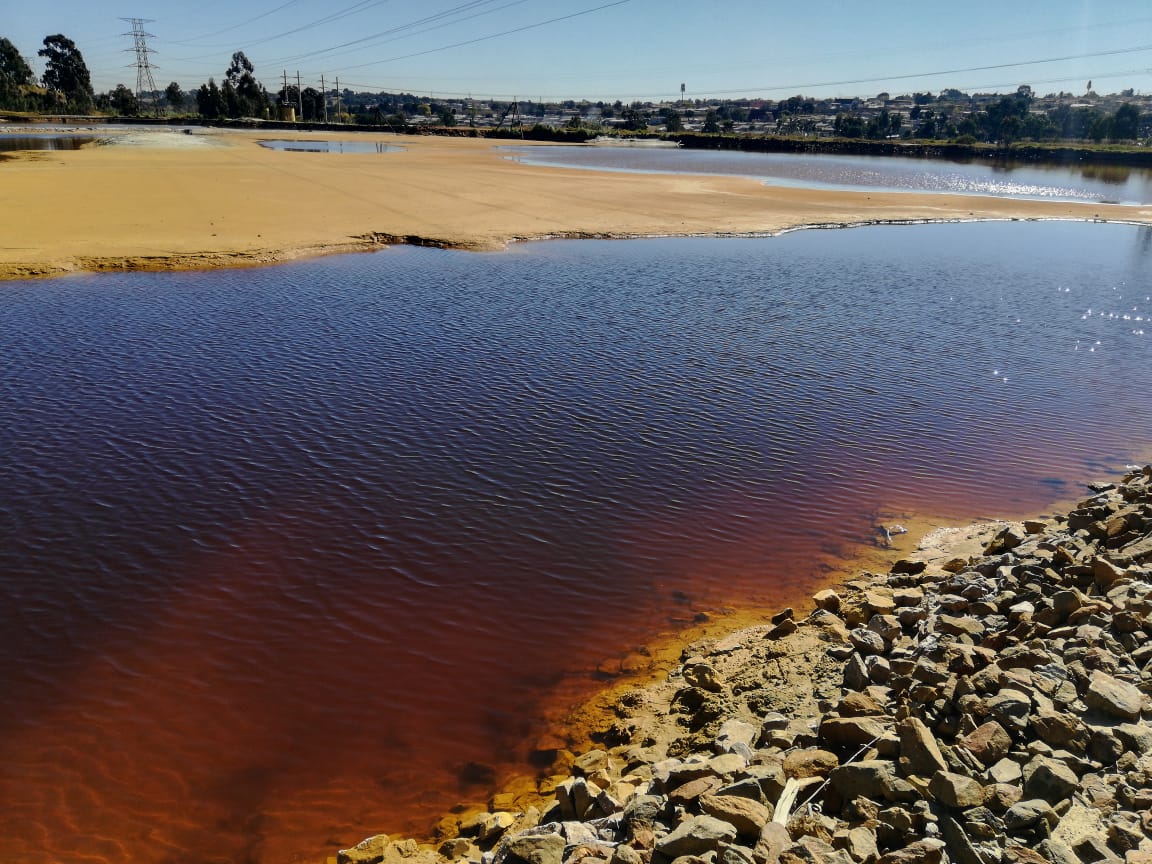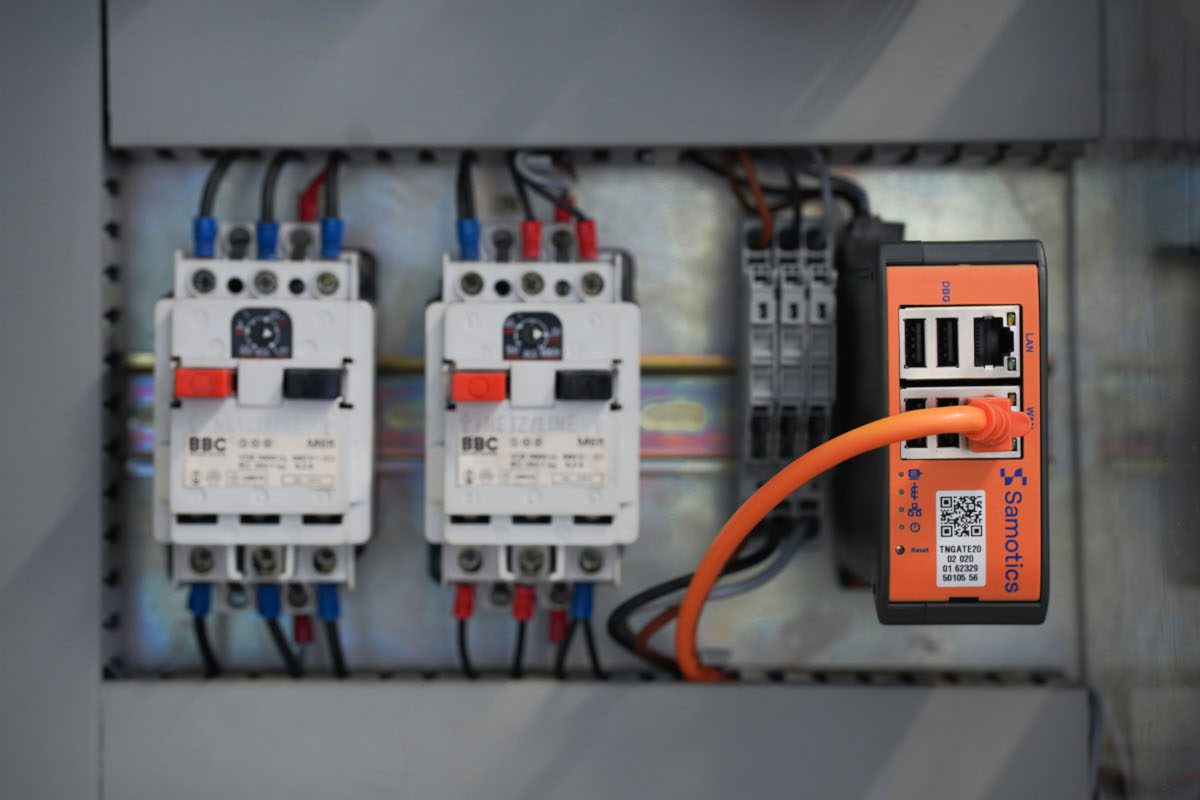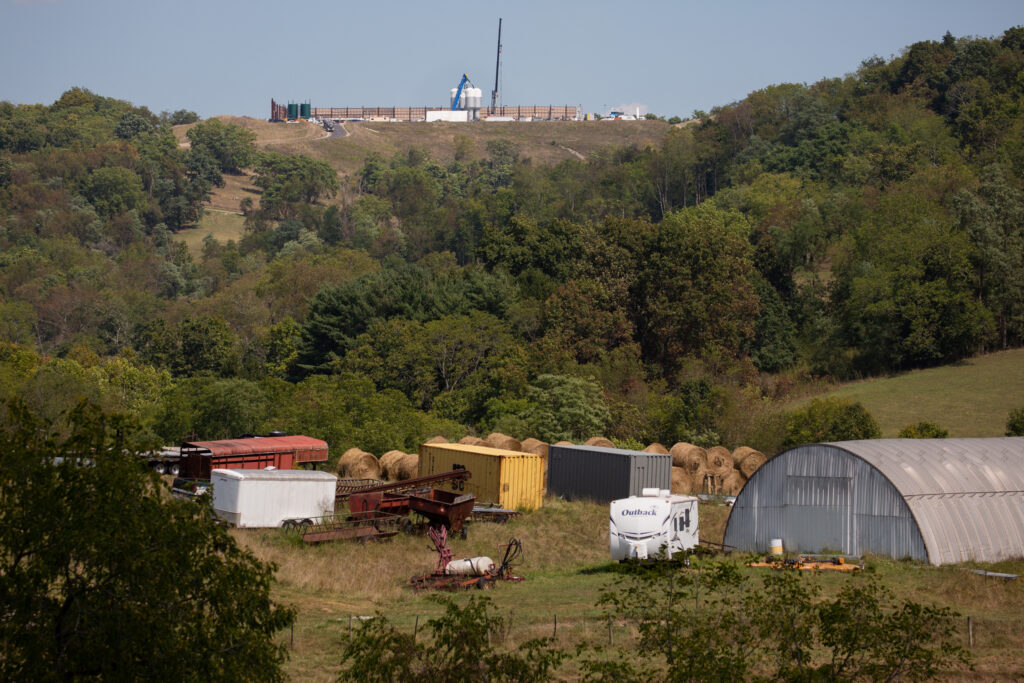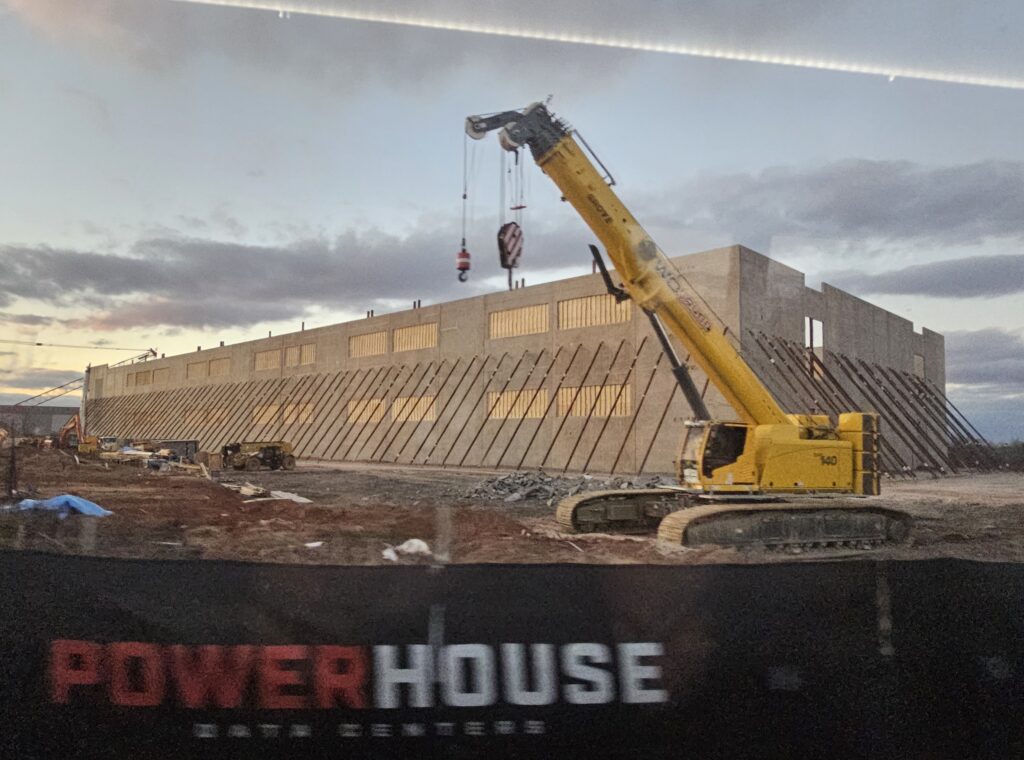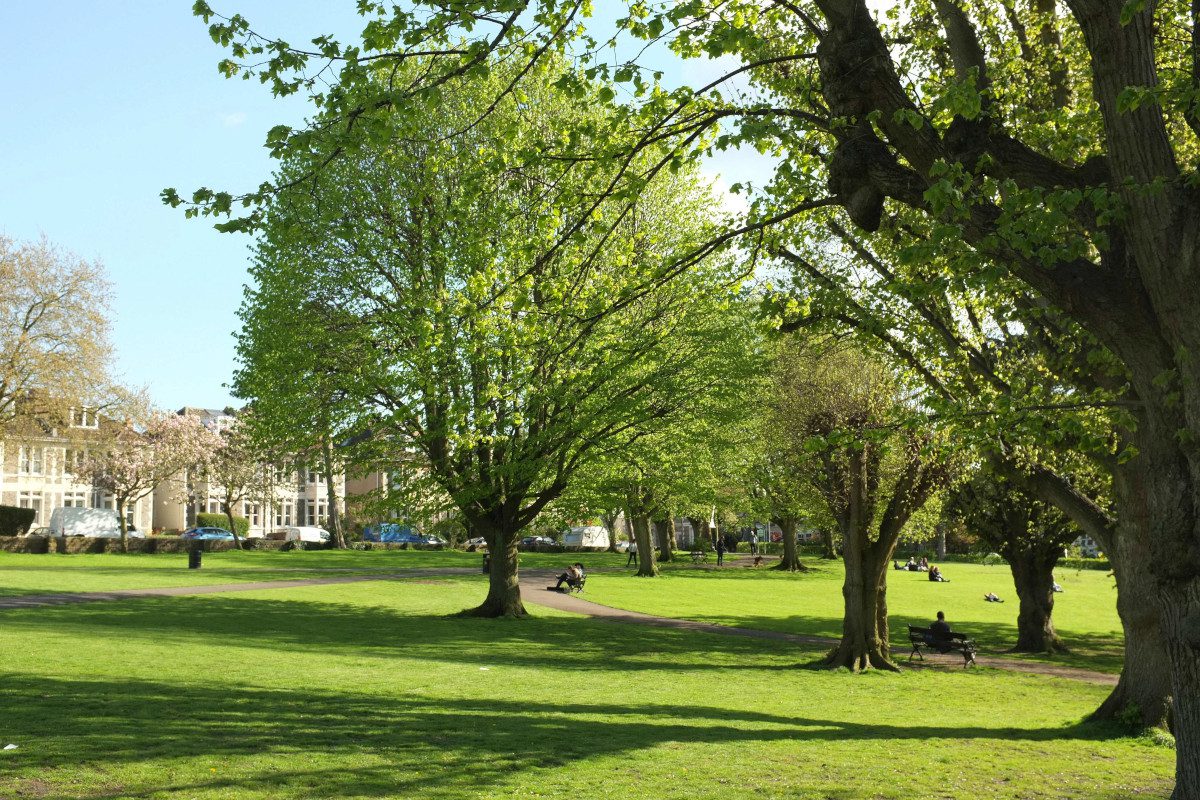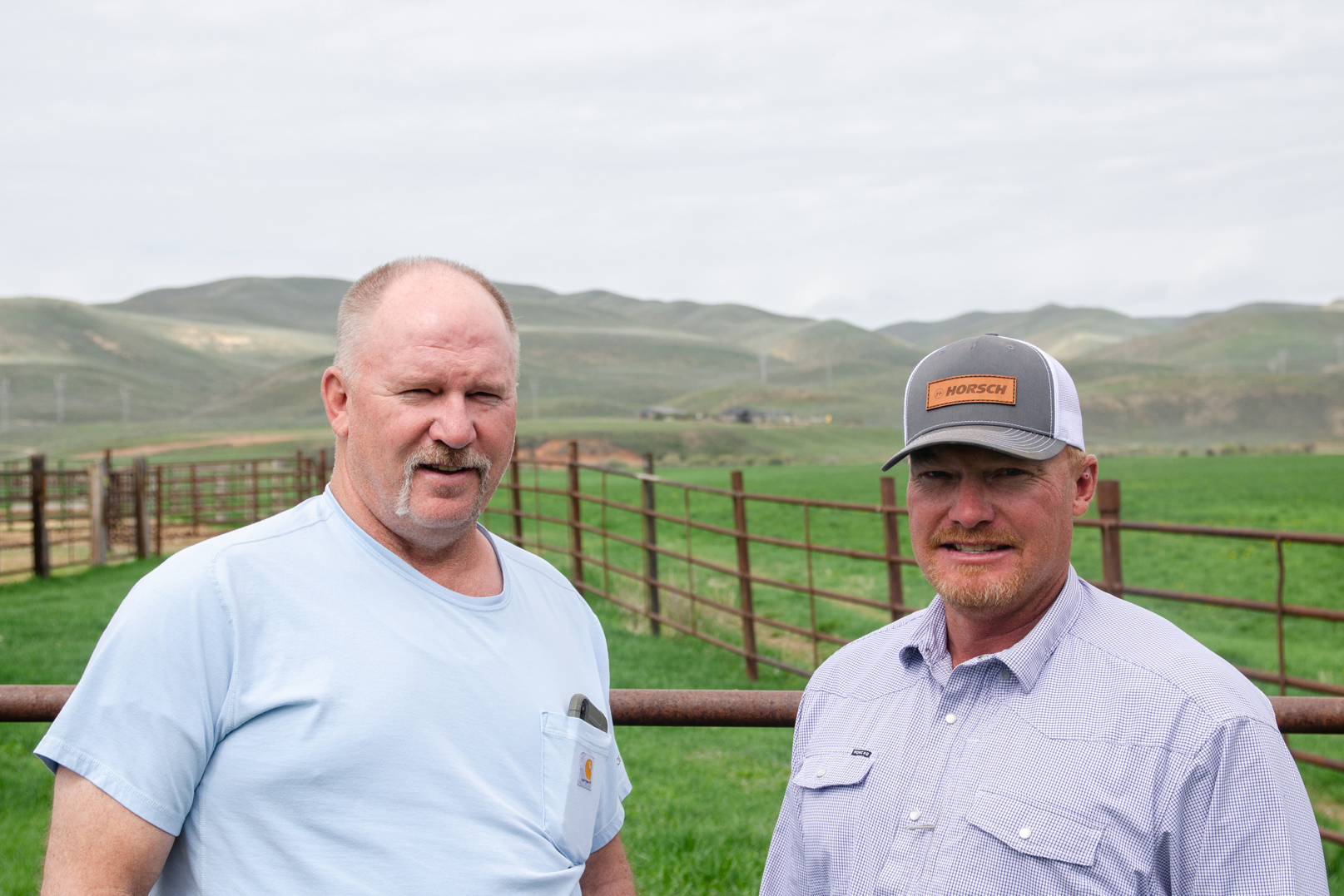Urban locations worldwide are struggling to manage stormwater drainage, in the face of extreme weather. The opportunity appears vast, for those who can help solve the problem, as Envirotec reports
“Managing too much water” is the biggest challenge facing UK water utilities today, according to Bluetech Research director Paul O’ Callaghan, during his opening address at the group’s flagship event in Edinburgh in June.1 It’s a problem where the public is becoming increasingly impatient, and the regulator is putting on pressure. It’s also a pressure point where the coping costs are astronomically high, and he cited estimates that the cost of flooding in the US is US$400 billion.
It was one of “eight areas for opportunity” in water technology outlined in his talk, with other big ones including “water reuse”. That’s the problem with water, you either have too much or too little of the stuff.
When it comes to avoiding inundation, well-designed infrastructure is obviously important, but the sheer quantity of rainfall that can now fall without warning in many places clearly complicates things.
Climate change is expected to bring a more variable water cycle,2 with weather conditions veering towards extremes of dryness and wetness. And this seems to be a key factor in the increasing difficulties being faced worldwide, when it comes to managing the hydraulic capacity of sewer and stormwater networks. In New York, for example, where CSO pollution in the harbour had caused public disquiet 15 years ago, a problem that was subsequently resolved, the issue of sewer security and stormwater management seems to be once more climbing the agenda, following a series of unprecedented storms.3
Senescent structures
Sewer security is a growing problem worldwide, although it seems especially acute in the UK, attributable in part to the proportion of the nation’s sewer network that is combined with stormwater, in contrast to the US, for example, where sewer and stormwater networks seem to be mostly separate. While overflows can occur with both combined and separate sewage networks, the CSOs are obviously more vulnerable to extreme weather. They are also more often associated with older cities.
One country with more of them than the UK is Italy. However, a more likely flashpoint of public disapproval seems to be wastewater treatment, with only a little over half of the country’s wastewater currently being treated to EU standards.4
Globally, the regulation is becoming tighter and more specific, which is driving the urgency of tackling the problem.
In the UK this also includes mandatory levels of investment, with Defra’s National Storm Overflow Plan, for example, having earmarked more than £10 billion for storm overflow improvements – triple the current level of investment.
But there’s a potentially big price tag. For example, completely removing and replacing CSOs, would require an entirely new sewer network costing up to £600 billion4 and widespread, disruptive roadworks over many decades, according to a recent white paper on sewer security published by water technology firm Grundfos. So, there is a need to target fixes and solutions, to achieve a balance between improved sewer security outcomes and economics (and customer bills).5
Defra’s recent (2022) plan requires utilities to make improvements in sewage release from combined systems, and sets out specific requirements, although some of these appear ambiguous or difficult to police.
In any case, the pace and scope of change hasn’t been sufficient to satisfy many environmental pressure groups.
When it comes to the way the issue is being perceived by the wider world, problems of under-ambition and even neglect seem to take a far more prominent place, and this certainly ratchets up the pressure on utilities to find solutions quickly.
Ofwat’s recent investigation into water companies’ conduct highlights systemic problems and a failure to invest in water infrastructure, with fines of £168 million having been handed out to Thames Water, Yorkshire Water, and Northumbrian Water in July.
As the CIWM’s Policy Director Alastair Chisholm commented in August: “Historic abuses by water companies and failures by regulators to keep them in check mean there is now a rearguard action to remedy the damage,billed as ‘record investment’. Whilst this is necessary, it cannot come without wide and deep, meaningful change.”
He called for “considerable investment over the long-term, allied with far stronger, yet outcomes-focused regulation that prioritises the necessary actions, catchment-by-catchment, to begin the process of recovering the health and resilience of our waters.”7
A considerably strengthened environmental regulator was another necessary ingredient suggested by Chisholm and others.
But the question of what constitutes success in achieving “sewer security” seems to have more complexity than a straightforward focus on “number of spills”, and there seems to be some distance still to travel to properly understand it, and to find solutions.
Sizing up the problem
One aspect of the question of “how to get there” can be addressed by a combination of short-term and long-term interventions. For example, short-term fixes include using disinfection at CSOs, or digital tools to better understand and pre-empt outfalls, while longer-term ones such as building new infrastructure are also getting underway.8
Puzzle pieces
At a discussion session on “Sewer Security” at BlueTech Forum in June, delegates shared views on the various pieces of the puzzle. Chaired by Phil Tomlinson of water technology firm Grundfos, he opened the session with a nod to the fact that maybe technology alone can’t solve the problem, that it’s not just about “cool stuff”.
One delegate indicated problems with the way the issue is being perceived. There has been some fair criticism of the regulatory environment, and a lot of opprobrium focused on English utilities. It’s not a new problem, although it has become more acute given the intense rainfall, and the “monsoon-style events” of recent years. What’s not being picked up enough is that a lot of the work being done on the ground by utilities has been good, he said.
“I don’t think we understand the problem properly,” said one participant.
A first line-of defence in this respect would seem to be monitoring CSOs. Nearly all of these are monitored in England, but there are outstanding issues regarding the usefulness of this activity, suggested participants in the discussion. For example, how do we access, utilise, store and act on this data? Also, how might you get the data quickly enough to act on it?
Digital tools are one way to identify pain-points and high-risk areas in the network, offering a way to prioritize remedial work and reduce costs, through the use of IoT sensors and analytics. Grundfos’ white paper gives the example of Grand Rapids (Michigan, US) where the city had already completed a sewer separation project in 2015, but needed a better understanding of inflow and filtration in the network, to meet a regulatory requirement (which mandated that there be zero overflow events of any kind, except during a wet weather event exceeding a 24-hour, 25-year storm). The use of digital tools allowed inflow and filtration issues to be solved for $30-50 million, compared to initial estimates of $1 billion.9
Maximizing hydraulic capacity
One direction of travel seems to be the use of digital technology to make the most of the capacity available in the network, or to allow the useof additional infrastructure features, which might include canals, as is the case with Glasgow’s Smart Canal system (see side panel “Smart canals”, at the end of this article).10
Presenting at the Bluetech event, Dr Sonja Ostojin, Head of Innovation with Environmental Monitoring Solutions (EMS), summarized the UK’s storm overflow challenge. Solutions are needed quickly, she said, and the old-style grey ones, like building a massive tank, “won’t work this time”.
Her own group’s Centaur monitoring and control system uses AI to respond to storm water in the system “in real-time”. Gates are used to control the flow through the system, which means capacity within the pipe network can be used to store some of it, preventing spills from storm overflows.
Centaur has been deployed in a few locations since 2017, and is being demonstrated in the EU’s REWAISE project, which aims to address hydraulic capacity issues in wastewater networks. Southern Water has trialled the approach in Kent and the Isle of Wight, and the group’s Keith Herbert has said “it has the potential to be a gamechanger as it is more cost-effective and less carbon heavy than other methods like building storm tanks.”11
Grey infrastructure initiatives like London’s Super Sewer have been the principal means of increasing the ability of sewer to handle increased flows. However, green infrastructure can prevent stormwater from entering the sewer system in the first place, and a growing shift towards this kind of solution seemed to be spotlighted at the BlueTech event.
Sponge cities
The concept of the “sponge city” seemed to involve a combination of these different forms of infrastructure, in the presentation given by Professor Kongjian Yu, credited as the pioneer of China’s sponge city movement, and the founder of Turenscape, a company specialising in this kind of urban infrastructure.
Much like a sponge, a sponge city can absorb stormwater, and then release it for water supply when needed.
Yu spoke about how the environment of cities can be transformed to retain water and create stunning urban landscapes. Grey infrastructure is still a key component in these sponge cities, but the concept implies a noticeable shift to blue and green infrastructure, with improvements in biodiversity and water services.

Scale and ambition certainly seem to underpin the concept, and in Shanghai it has been credited with delivering a multi-billion-dollar cost saving over traditional grey infrastructure.12
Since China’s national Sponge City Programme began in 2014, a first group of 20 cities has been targeted for development (following a June 2021 announcement), each receiving around $109-172 million from the central government. The programme intends that 80% of urban areas should meet the standard of retaining 70% of stormwater in situ by 2030, requiring an estimated investment of US$ 1 trillion.13
One apparent criticism of the concept, or at least, the insistence that it is not a panacea, comes from Professor Guangtao Fu of the University of Exeter, in a 2022 paper,14 which points out that a sponge city programme did not prevent the flooding in Zhengzhou in July 2021, when a year’s worth of rainfall occurred within 24 hours, causing a disaster that claimed 292 lives, and initiated a chain of failures including the paralysis of card and mobile payments.
The paper recommended measures such as resilience mapping, to identify acute pain points in the urban landscape. Its lessons seem to apply specifically to the Chinese situation, where gated communities are the norm, and includes building-level measures such as elevating the height at which electrical systems are positioned, and the use of water-proof materials when building walls to a level higher than the likely flood depth identified by resilience assessments.
Green infrastructure techniques – like wetlands, permeable pavements, and green roofs – can slow down the flow of rainwater, ensuring its more gradual release into rivers and water features, and this seems a huge element of the sponge city concept. Some natural filtration will also occur, removing pollutants from rainwater.
Permeable pavements mean that rainwater can infiltrate the ground, reducing surface runoff and replenishing groundwater. They can help reduce flood risk while also serving to diminish heat island effects.
Similarly, urban wetlands can provide benefits, including reducing the flood risk to homes, promoting biodiversity, boosting air quality, and providing a recreational space.
In June, environmental charity Thames21 said it was working with partners and volunteers to make London a sponge city, through creating wetlands, planting trees and supporting sustainable drainage. One reported success is its ‘Rewilding the Rom’ project in Dagenham, in which a wetland has been developed to connect the River Rom to its floodplain, providing a better environment for wildlife.15
The CPRE’s Anna Taylor supported the call, highlighting “the urgent need for more rain gardens across the capital to reduce road-run off, ease the pressure on storm water drains, and help to reduce the risk of sewage overflow into our rivers.”
She added: “Sustainable urban drainage assessments should be bog standard when roadworks and streetscapes are being updated.”
Elsewhere in the UK, the Mansfield Sustainable Flood Resilience project was one of the projects which seemed to generate discussion at the BlueTech Forum event. It involves the installation of hundreds of sustainable drainage systems (SuDS) throughout the town, making it seemingly “the largest retrofit scheme of its kind in the UK”. This includes blue-green infrastructure intended to slow and store water, such as detention basins, bioswales, rain gardens, tree pits and permeable paving.
The project follows Severn Trent’s identification of the town as one of the most at-risk communities in Nottinghamshire, and it is expected to receive £76 million funding from the utility, providing additional storage capacity for surface water, and creating resilience in the network.
Technology solutions and infrastructure clearly seem to be important, but also just one part of the puzzle, and the Sewer Security discussion during Bluetech attached importance to many other factors, including: improving our understanding of the problem, and also communicating successfully about what needs to be done.
Those close to the problem seem to agree that there needs to be collaboration between a larger number of stakeholders. This could allow the creation of “more supportive and outcome-based regulation”, as Grundfos’ recent white paper puts it. The document calls for a shift in the narrative of regulation, “away from number of spills and towards regulating overall water quality.
[ SIDE PANEL – Smart Canals ]
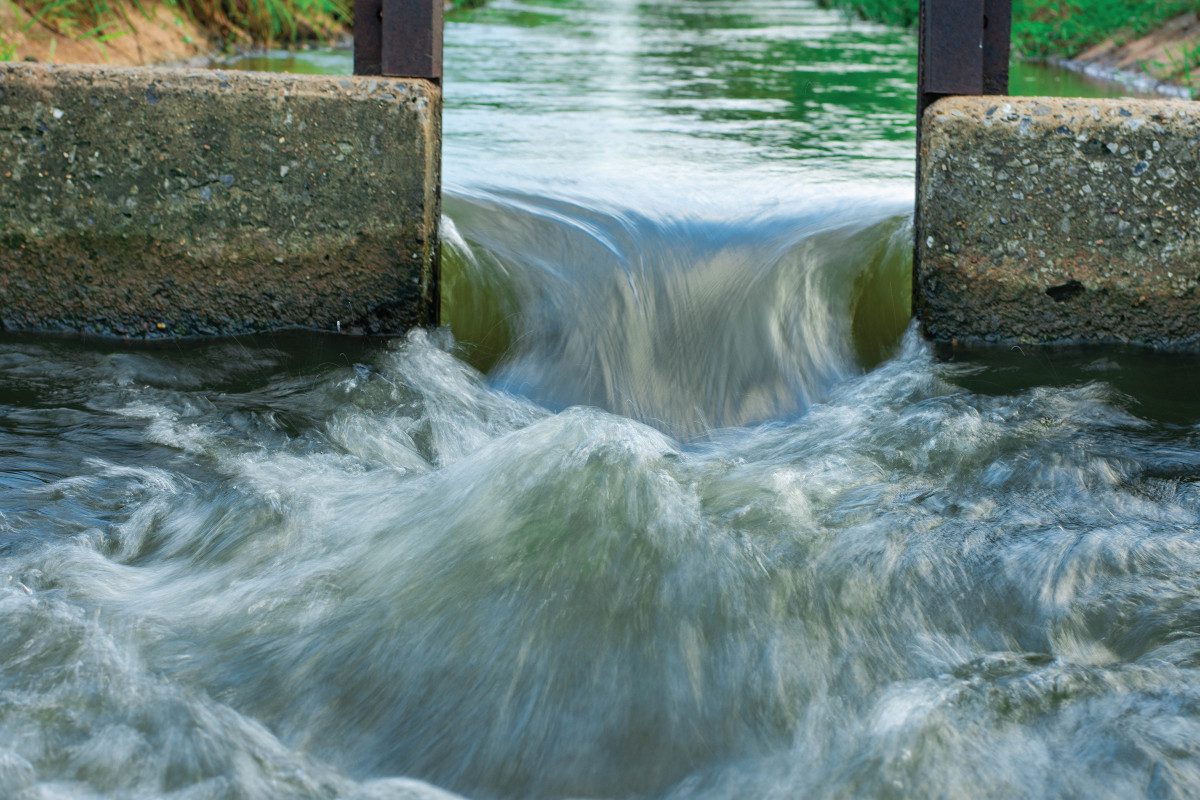
With automation, real-time control and weather forecasting, it is possible to make room for stormwater storage in the network, or other available infrastructure, pre-empting extreme weather events before they happen. This can help avoid the costs and carbon costs of additional grey infrastructure.
The North Glasgow Integrated Water Management System (NGIWMS), which opened in 2022, makes use of the Forth & Clyde Canal, receiving the excess stormwater runoff from new regeneration and development areas, then returning the canal to its normal level after the storm.
It was designed to ensure no flooding occurred elsewhere, and would not impact navigation the canal or waste water (which would impact abstraction license conditions).
The canal opened in 1790, providing a sea-to-sea navigation (the world’s first) between Glasgow and Edinburgh.
It uses a real-time hydraulic model in ICMLive software (essentially a digital twin of the canal), which receives data about rain forecasts and canal status from sensors on a SCADA network, predicting the additional storage that will be required, in advance of a rainfall, and automatically lowering canal water levels via actuated sluice gates.
One challenging aspect is the fact that weather forecasts decrease in accuracy when made ahead of time, while the drawdown of the canal itself takes a long time, around 18-hours to drawdown 100mm if all discharge sluices are fully open.
The model is continuously updated as new surface water connections are added with the appearance of new developments in the locality.
The system was designed and developed by AECOM in conjunction with Scottish Canals, Glasgow City Council and Scottish Water.
Notes
[1] BlueTech Forum 2024. Assembly Rooms, Edinburgh. 3-4 June 2024.
[2] “Sewer Security: Enabling resilient water infrastructure” white paper, Grundfos, May 2024. See https://my.globalwaterintel-insights.com/l/2DC/SewerSecurity. [3] ibid [4] ibid [5] ibid [6] The Science of Sewage: What happens when we flush? By Julian Doberski. A Pimpernel Press book for Gemini Adult Books Ltd. Published in 2024. [7] Email, “CIWEM response to breaking news: Proposed Ofwat fines for water companies”, received on 6 August 2024.[8] “Sewer Security: Enabling resilient water infrastructure” white paper, Grundfos, May 2024. See https://my.globalwaterintel-insights.com/l/2DC/SewerSecurity. [9] ibid [10] Glasgow’s Smart Canal (2022). Published: June 12, 2022. See https://waterprojectsonline.com/case-studies/smart-canal-2022/ [11] “Cutting edge technology to be piloted to help reduce storm overflows and flooding in Kent and the Isle of Wight”, Southern Water website. See https://www.southernwater.co.uk/latest-news/cutting-edge-technology-to-be-piloted-to-help-reduce-storm-overflows-and-flooding-in-kent-and-the-isle-of-wight/. [12] Press release. “Water industry needs common purpose, says Mark Fletcher”, from Wise On Water, 17 January 2022. [13] “Are sponge cities the solution to China’s growing urban flooding problems?”, by Guangtao Fu. In WIREs Water, October 2022. [14] ibid [15] “Call to make London a sponge city”. Press release, Thames21, June 2024.






